The coffee table book Judson: Innovation in Stained Glass was published on March 17, 2020—less than a week after the World Health Organization declared COVID-19 a global pandemic.
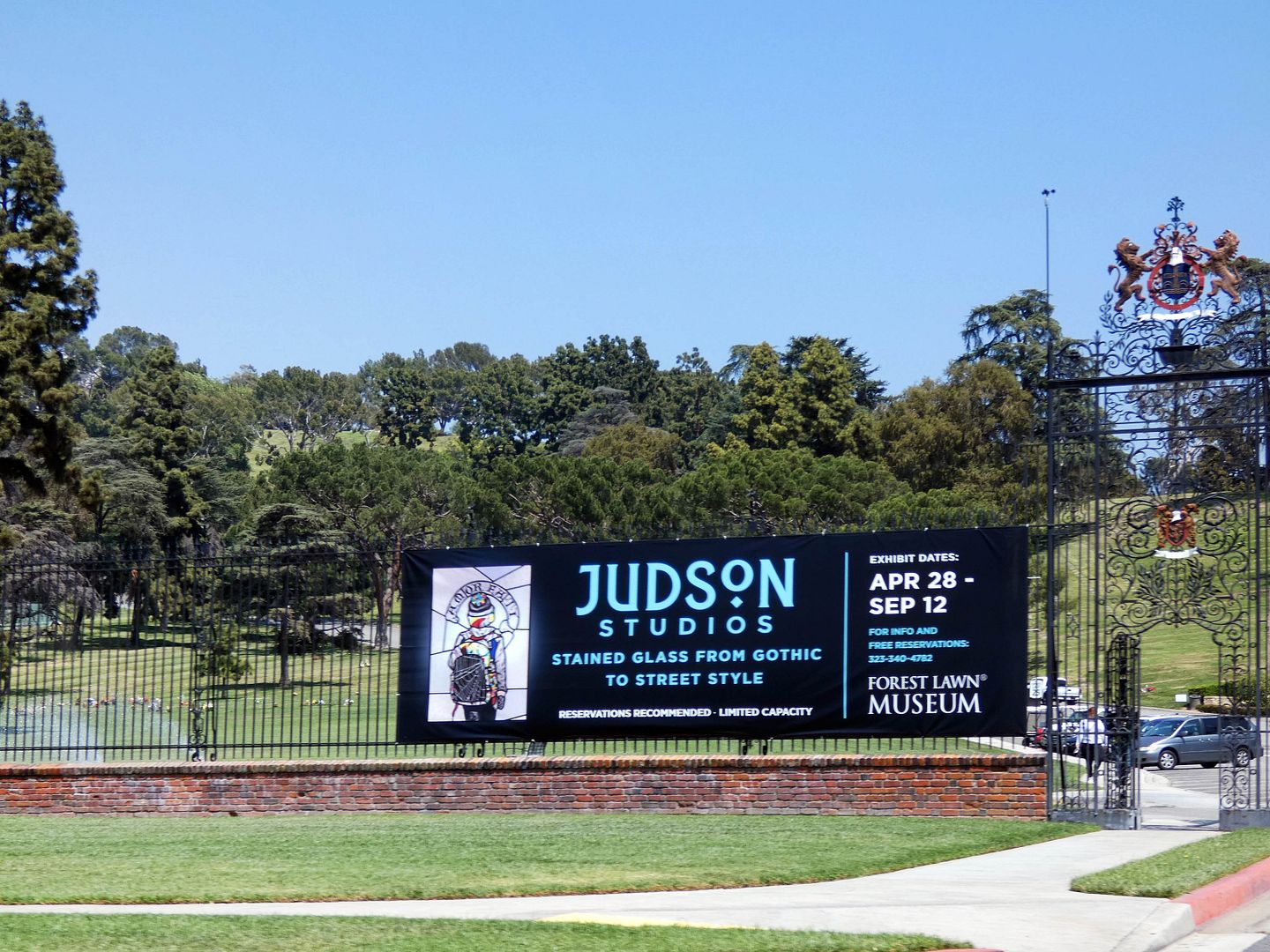
Its release was supposed to coincide with "Judson Studios: Stained Glass from Gothic to Street Style," an exhibit at Forest Lawn Museum in Glendale, California that was scheduled to open on April 23, 2020.
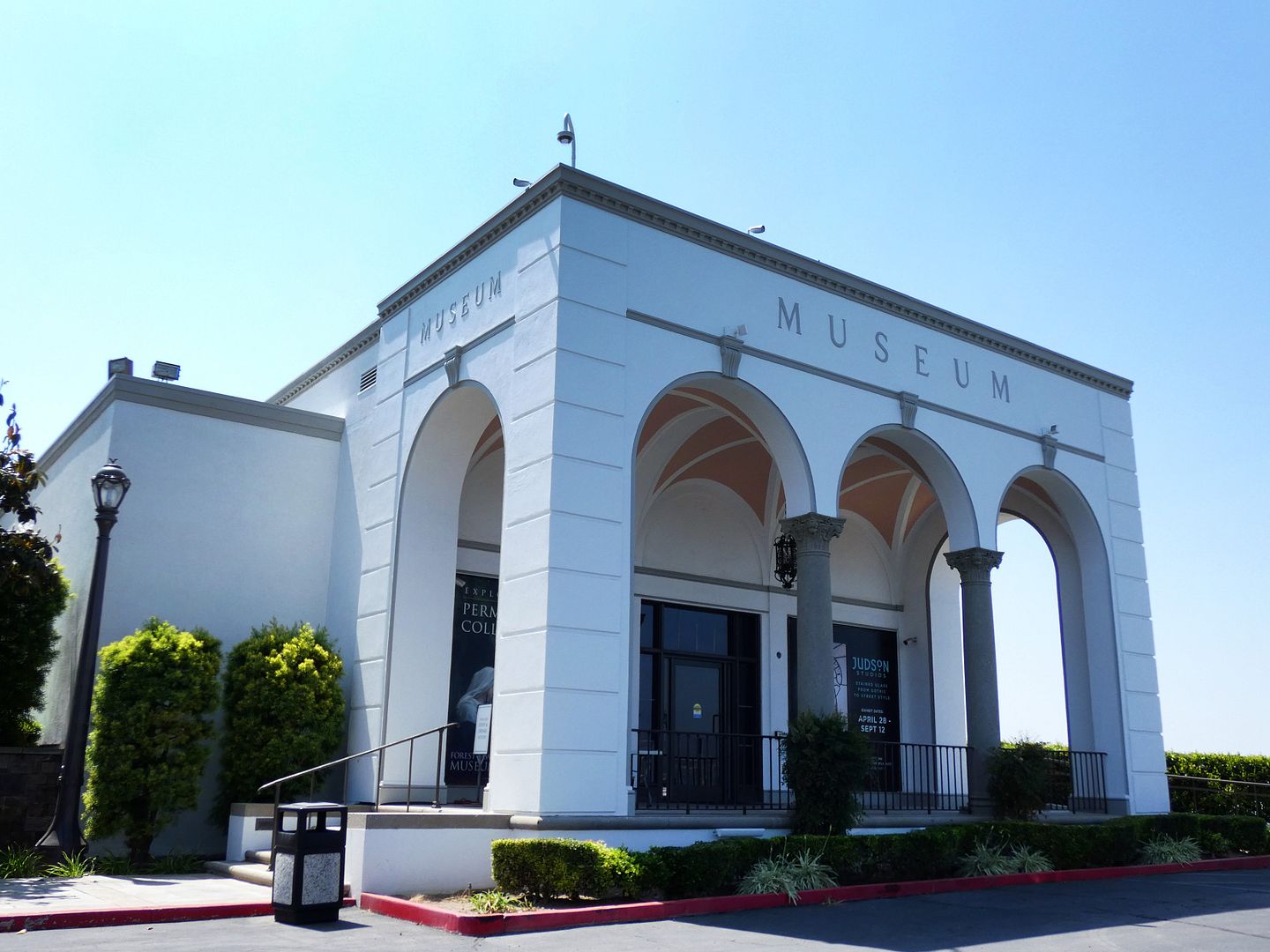
Needless to say, that didn't happen. Not in person, anyway—although virtual programming filled in the large gap from when it was supposed to open and when it actually did open just over a year later.
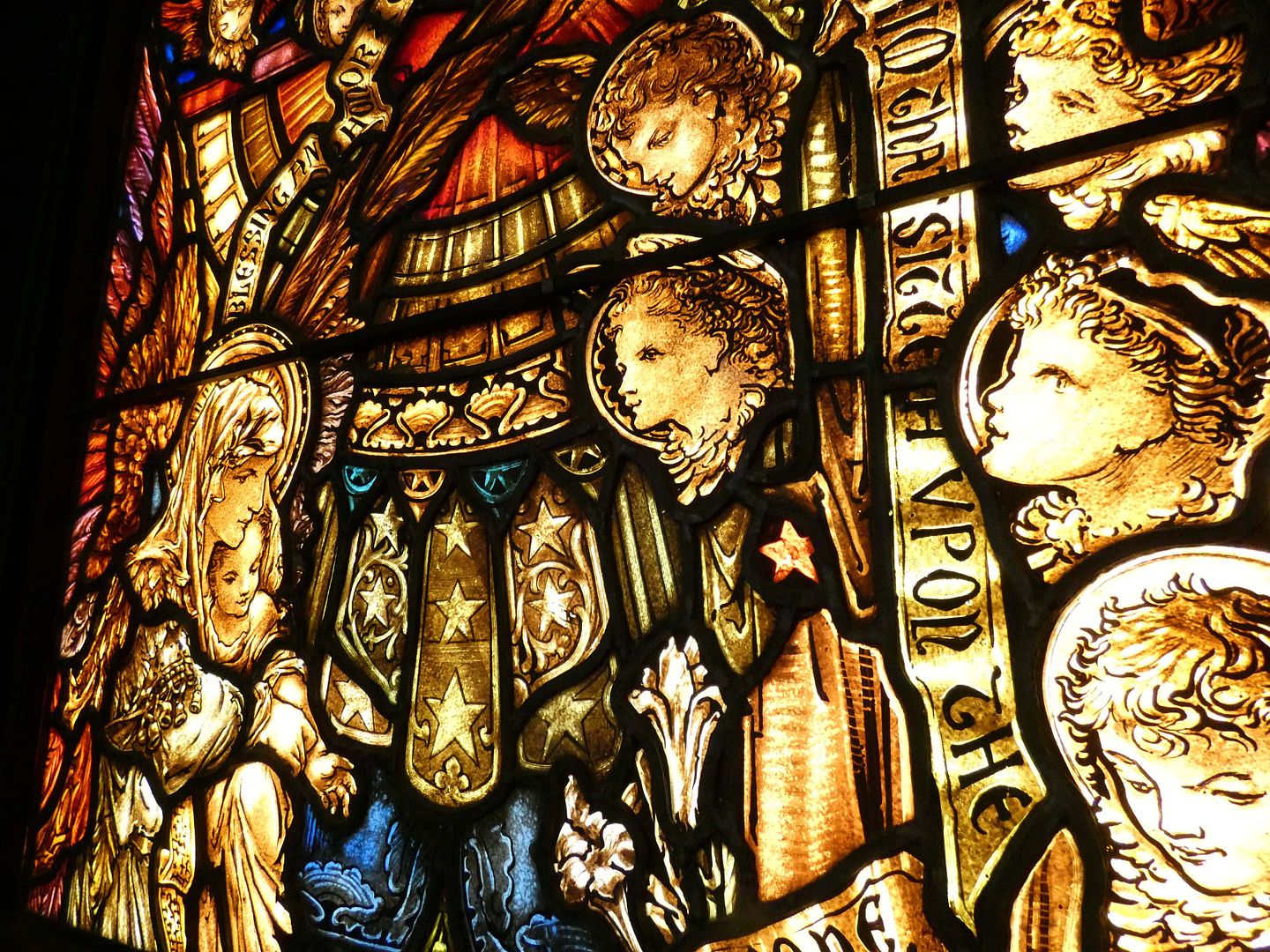
For me, it was worth the wait—but then again, I'm a pretty hardcore fan of Judson Studios' work.
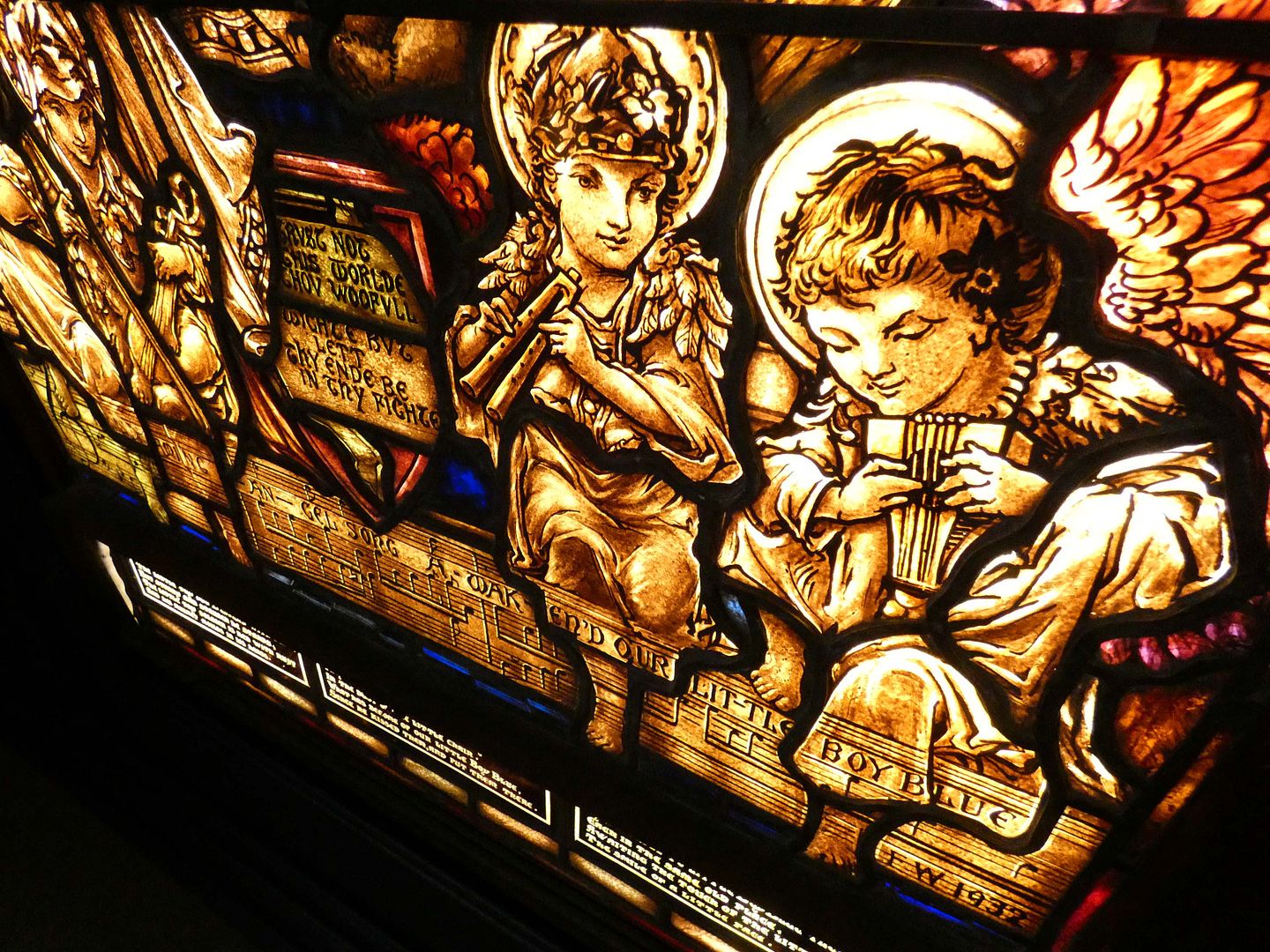
The museum exhibit has gathered works I would've never come across in person—like "Little Boy Blue" by Tiffany-trained stained glass artist Frederick Wilson, commissioned in 1931 for an Upstate New York chapel window memorializing a child who succumbed to TB.
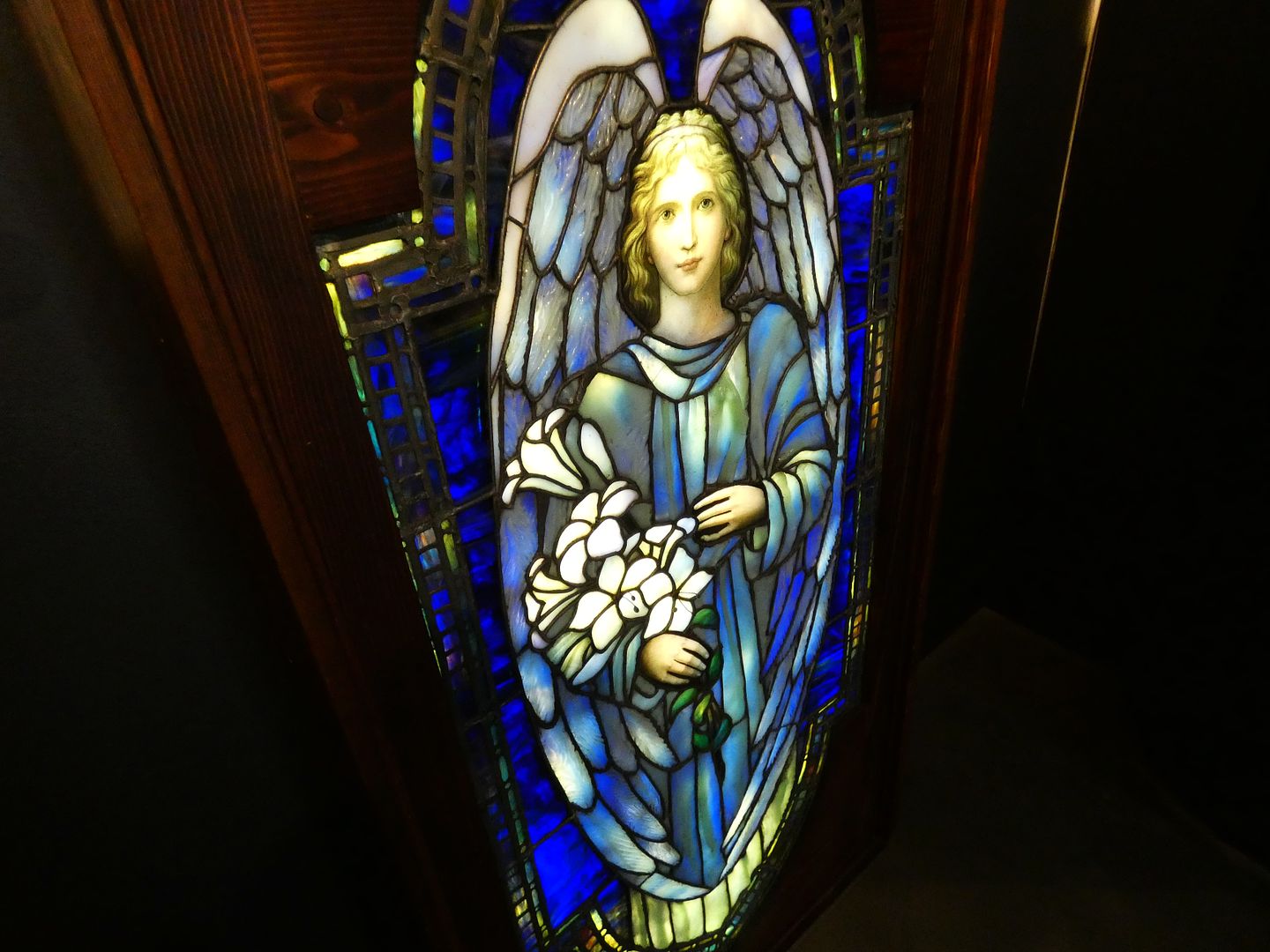
Then there's "Blue Angel" by another Tiffany-associated artist, A.E. Brain—which employs the opalescent glass technique perfected by Louis Comfort Tiffany in the 19th century.

Thanks to this museum exhibit, I got so close to it that I could see its three dimensionality—with stamens actually reaching out of the stained glass flowers that the angel carries.

I haven't made it to the Torrey Pines Lodge in La Jolla, California yet—but during my visit to Forest Lawn Museum, I got to examine a test version of one of its circa 2002 Arts and Crafts Movement-inspired windows up close.
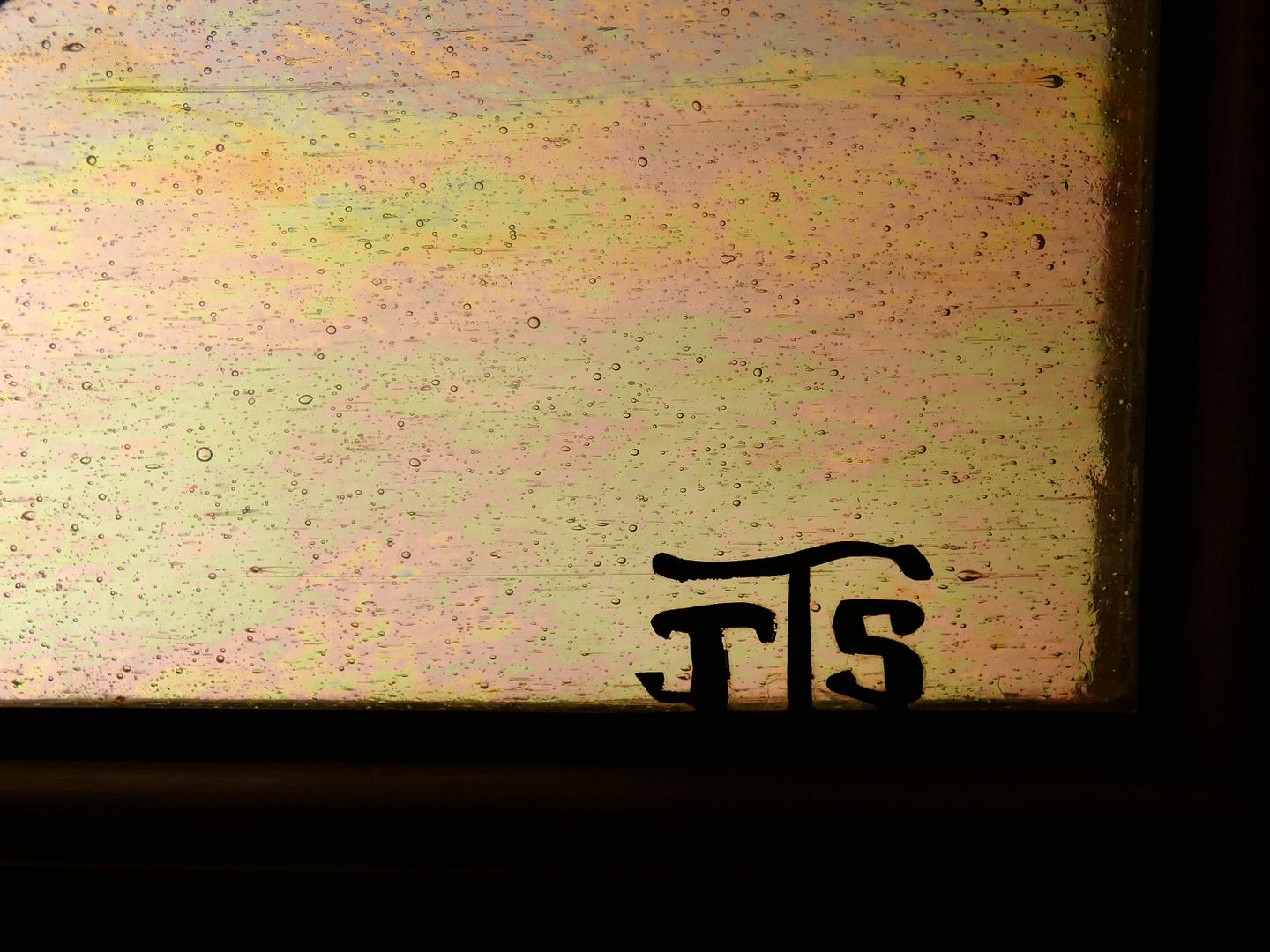
Close enough to clearly read the artist's mark in the bottom right corner, which reads simply JTS (for "The Judson Studios").
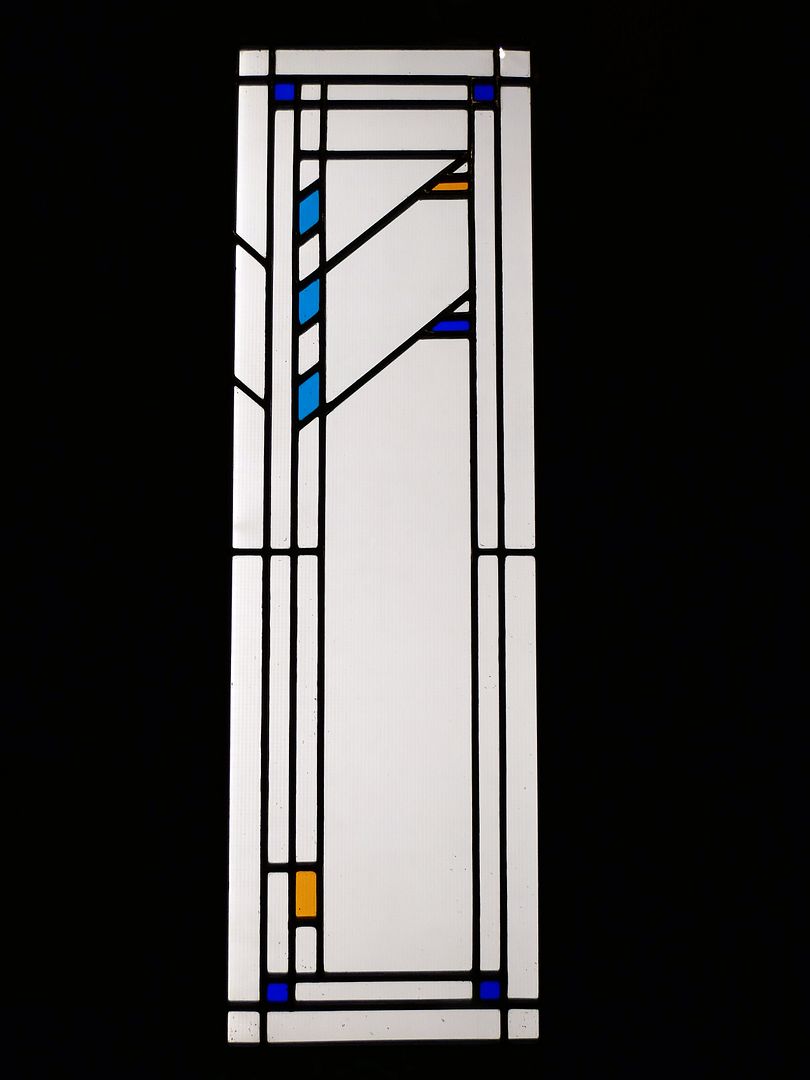
And for anyone who hasn't been to the interior of Frank Lloyd Wright's Ennis House, the Forest Lawn Museum currently has a circa 1925 window from that project (where Judson Studios also restored several windows in 2007).
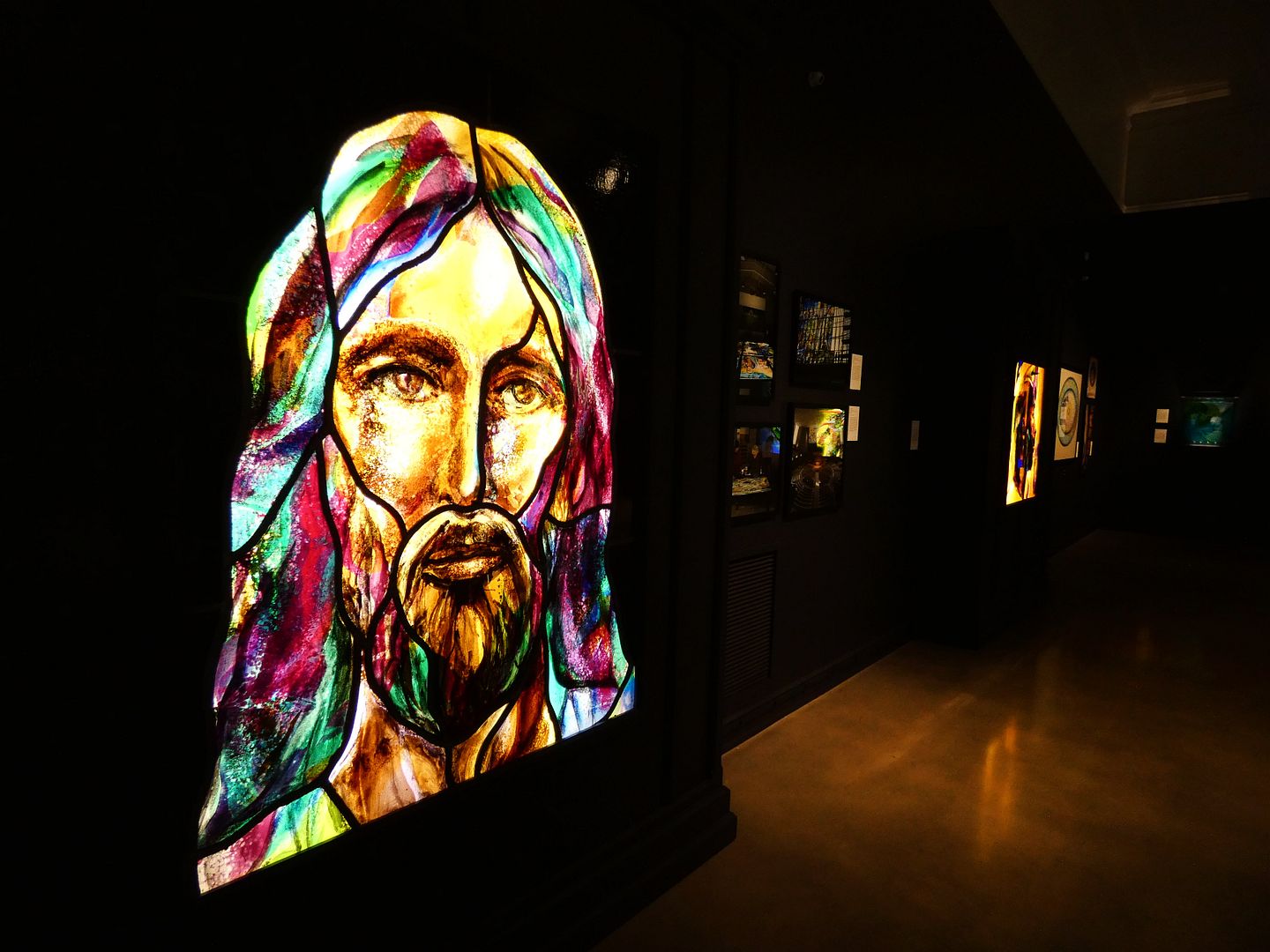
The most news-making project of Judson Studios in recent memory is what became the largest stained glass window in the world—now installed at the Church of the Resurrection in Leawood, Kansas. On display at the exhibit is a trial piece for the "Resurrection Window," called "Face of Christ."

As told in the documentary film Holy Frit, this project was literally trial by fire for Judson's stained glass artists, who first had to learn the technique of creating fused glass art from a granulated glass raw material called "frit." The window was so big, Judson had to expand into a new, larger studio annex just to accommodate the project.
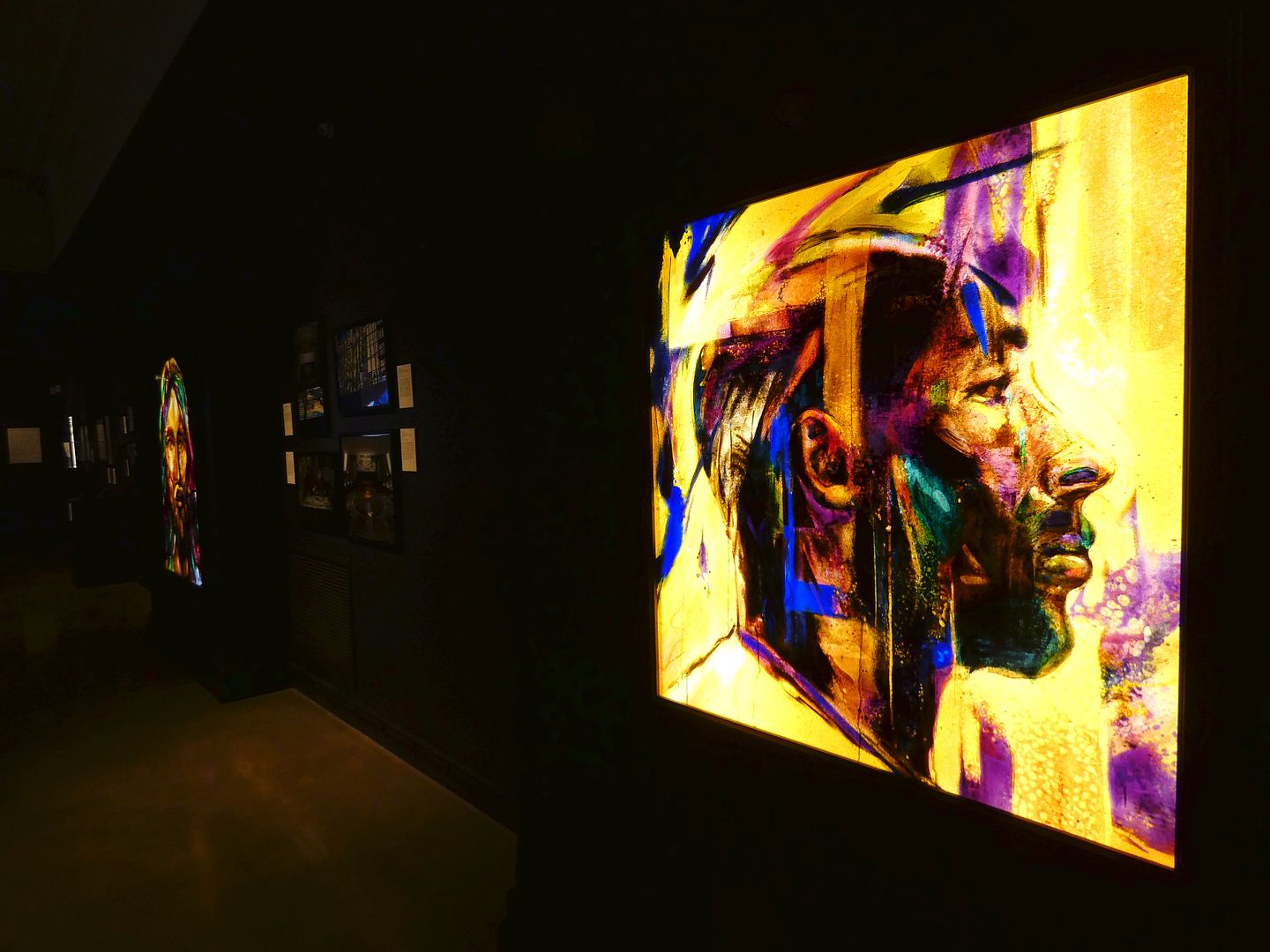
In 2017, "Resurrection Window" artist Tim Carey began applying the fused glass techniques he'd learned for the church commission to his own designs—including a portrait of late NBA star Kobe Bryant, following his retirement the prior year.
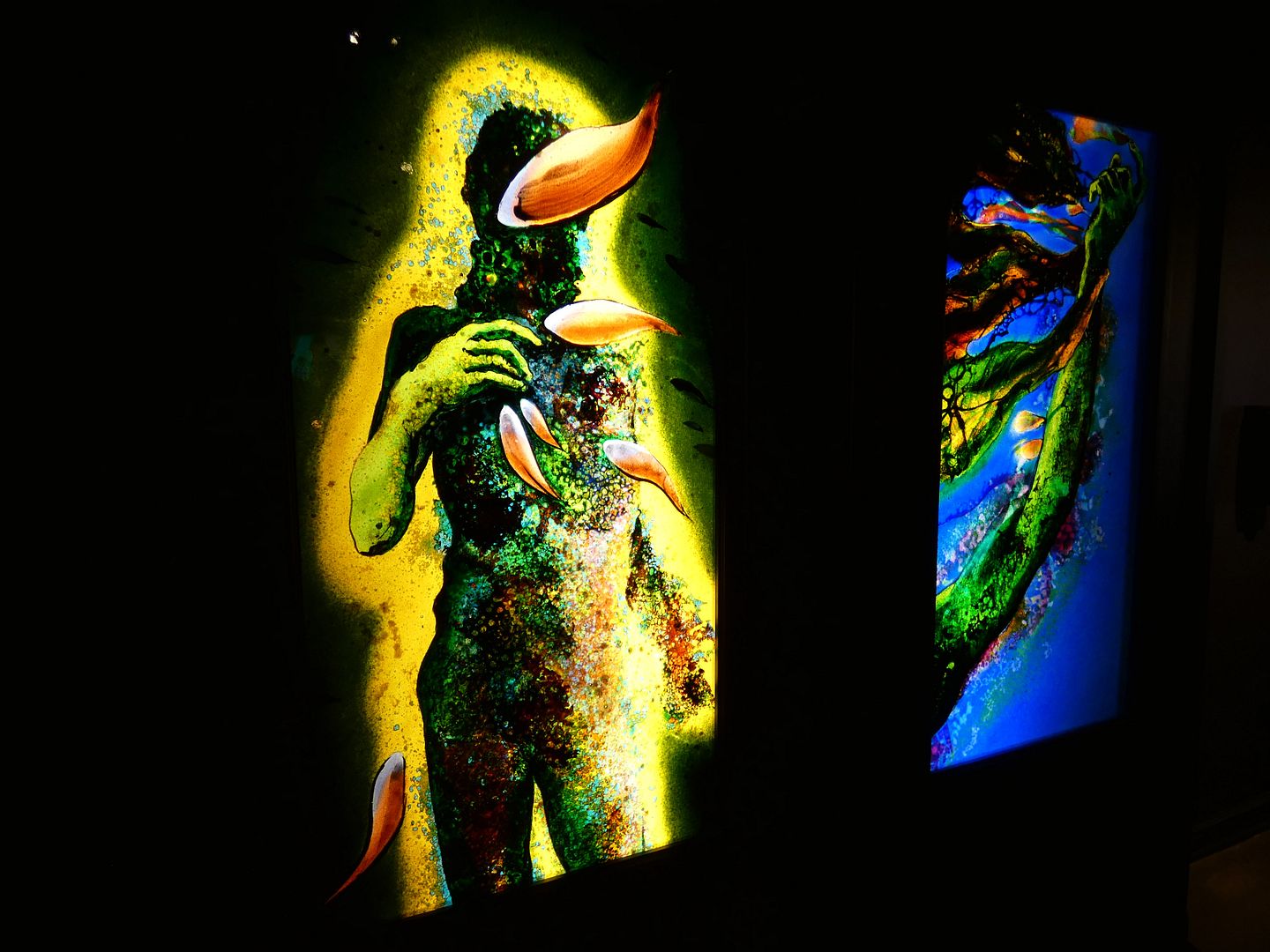
It was stained glass artist Narcissus Quagliata from Rome who mentored Carey through the monumental task of creating such a large window in fused glass. Quagliata serves as Judson Studio's Director of Innovation—and his "Apollo in Algae" and "Arm of Poseidon" are included in the Judson exhibit.
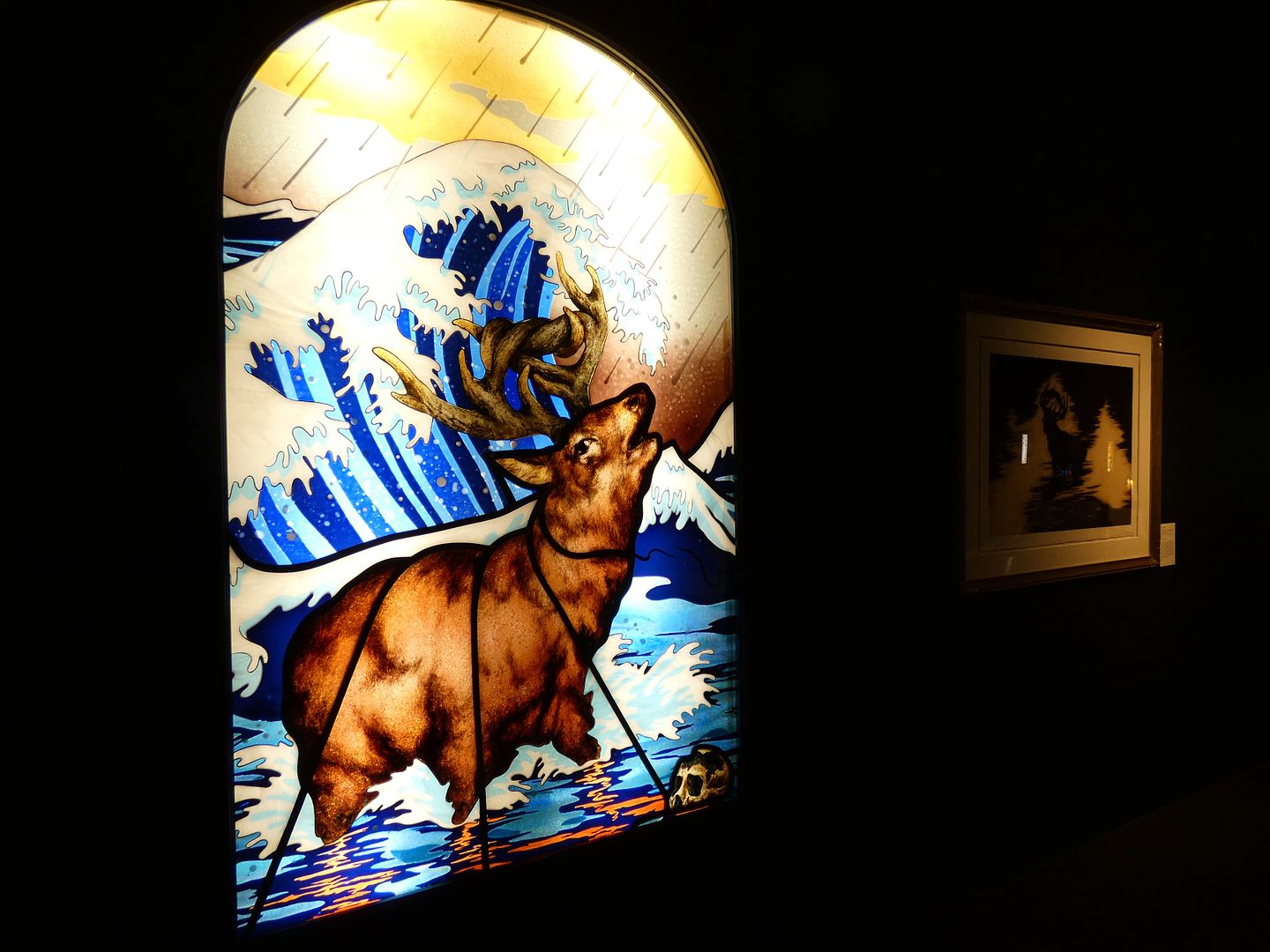
One of the ways that Judson Studio has emerged as a creative force in the 21st century is by collaborating with contemporary artists like painter/illustrator Joseph Paul Gerges, whose "Liberation" (2020) is premiered at the Forest Lawn Museum...
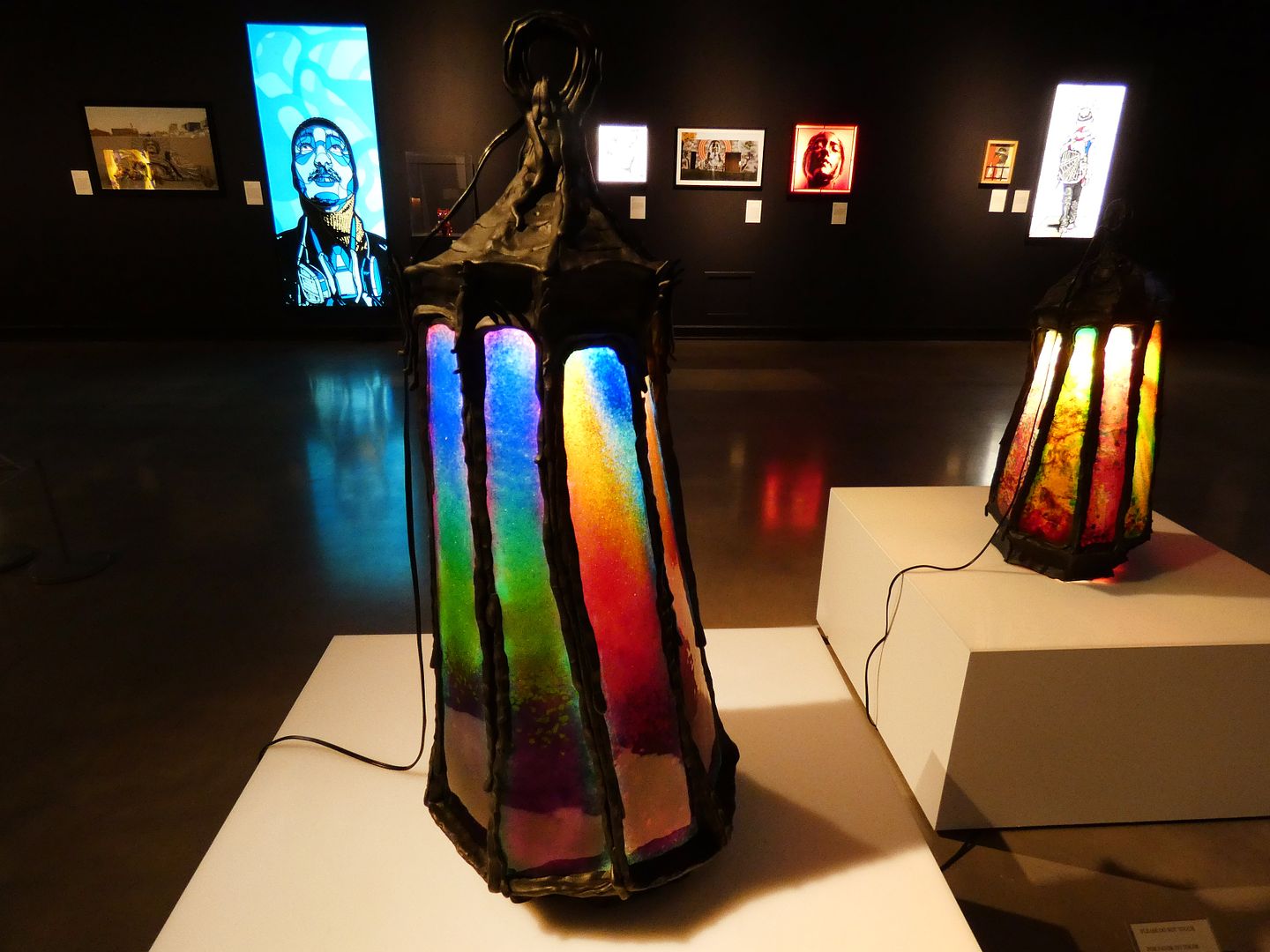
...as well as providing fabrication services to street artist David Flores ("The Muralist," 2017), tattoo artist Shay Bredimus ("Cartomancy," 2019), and painter Marco Zamora ("Amor Fati," 2015).
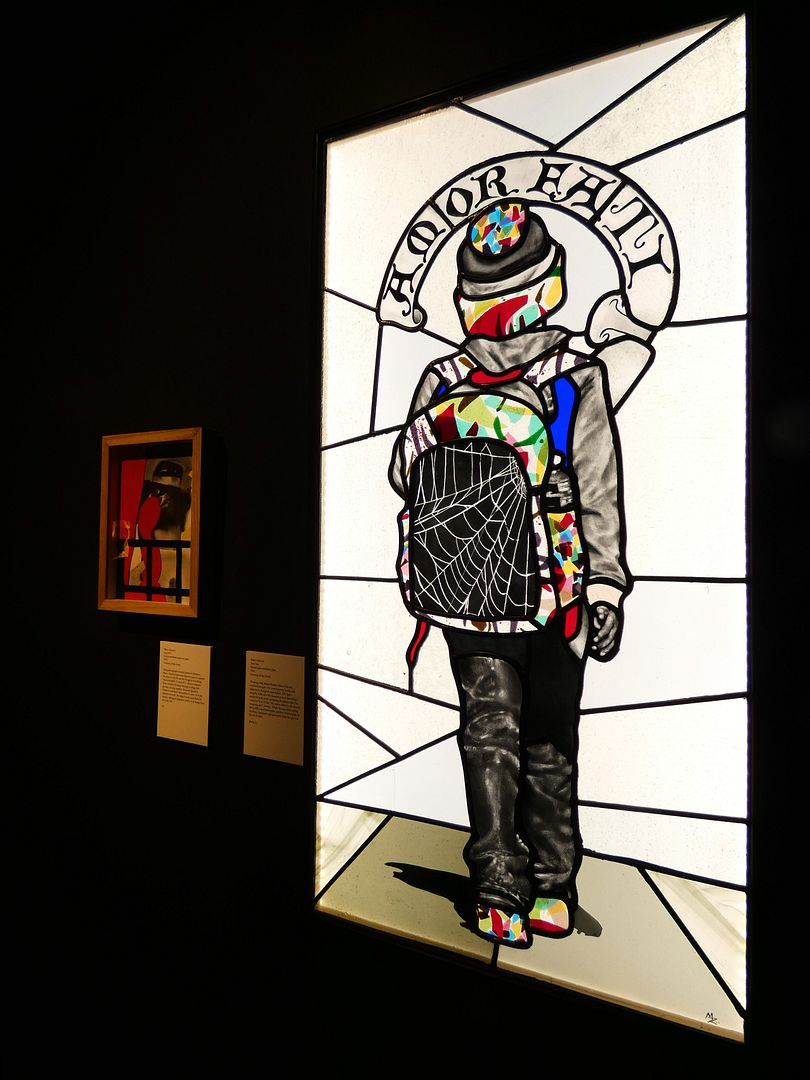
Whether ecclesiastical, residential, commercial, or in the realm of fine arts, Judson Studios is keeping art glass alive and well as LA's oldest remaining stained glass studio—and the oldest family-run stained glass studio in the U.S.
It's doing what it's always done: pivoting and evolving and adapting to current trends and demands.
And Forest Lawn—a cemetery that's never fit into a traditional mold—has solidified its relationship with Judson, which has actually provided some of the stained glass found in the Great Mausoleum and Hall of Crucifixion-Resurrection.
I wish I could properly describe the feeling of standing in a dark gallery, surrounded by glowing, colored glass. It's the same way I've felt while surrounded by neon at the Museum of Neon Art, Flektro Studio, the Fine Arts Building, and Valley Relics.
It may be why I like visiting churches so much—at least, while heavenly rays of sun are streaming through that leaded glass.
And at Forest Lawn, you get the added bonus of conceptual drawings and "cartoons," archival photographs, and other items that help tell the story of how these windows and art pieces came to be.
Through September 12, 2021. Free.Walk-ins accepted.
Related Posts:

Very cool--thanks for posting!
ReplyDelete